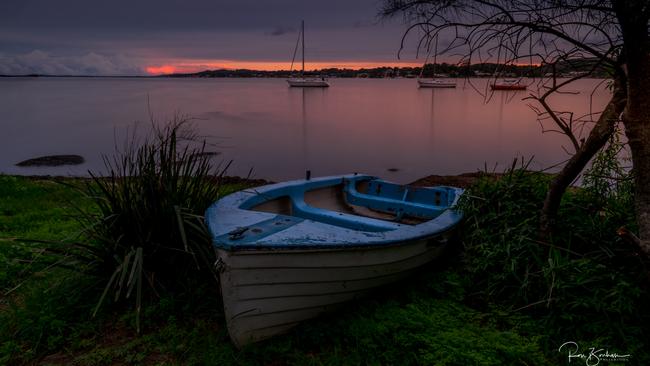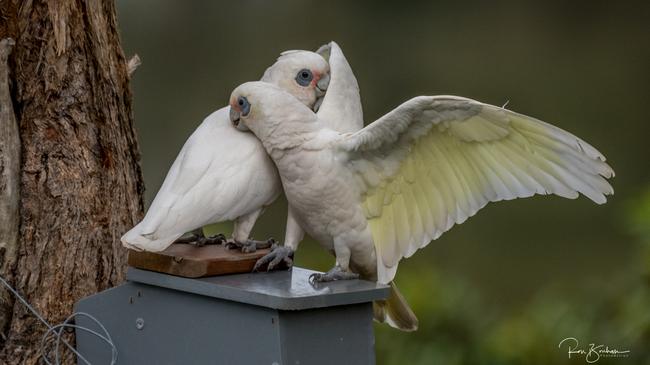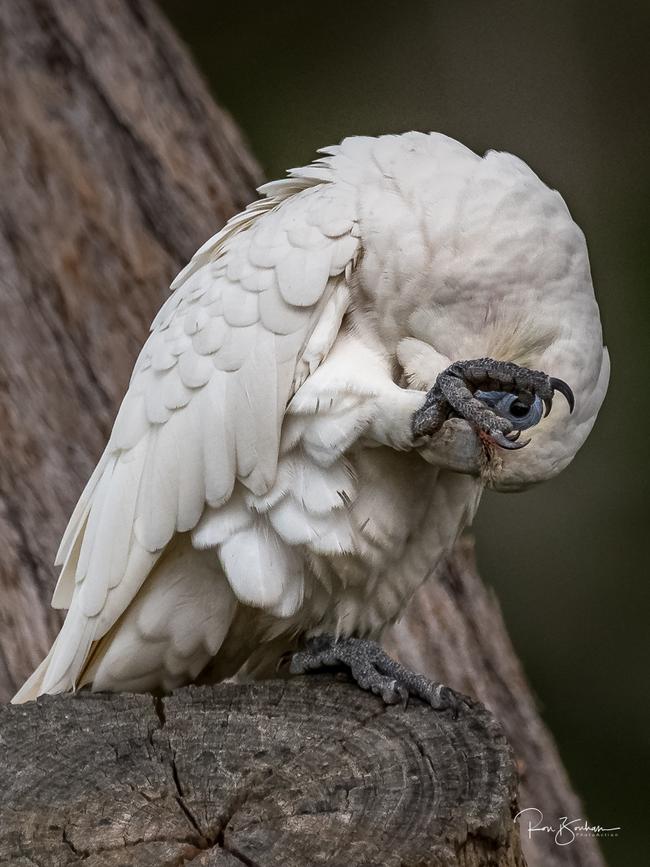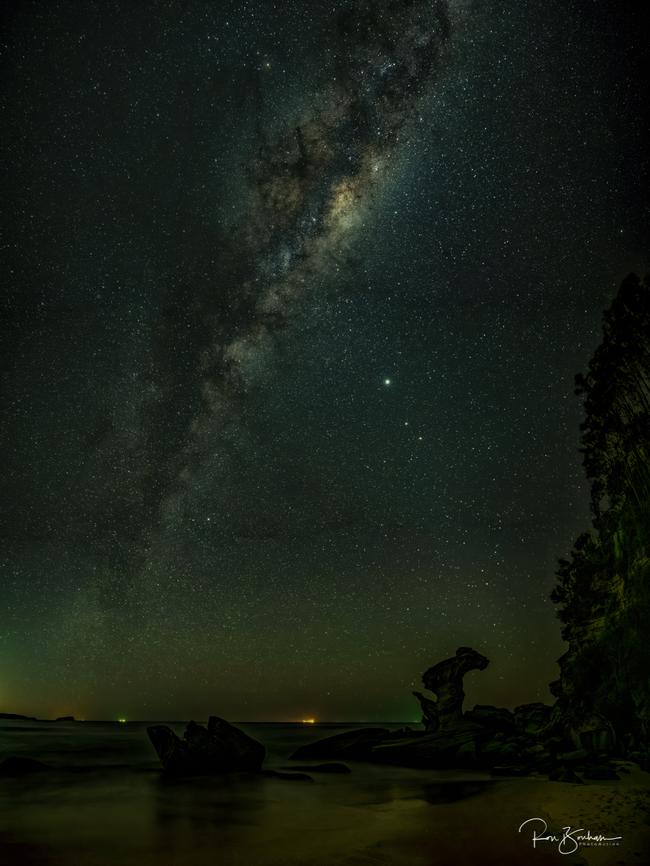Review: Nikon D780, a mix of DSLR & mirrorless technology
Released as an upgrade to highly the successful D750, the Nikon D780 is a bit of a mixed bag.

Released as an upgrade to highly the successful D750, the Nikon D780 is a bit of a mixed bag. It features a mix of technologies from both the DSLR and mirrorless camera bodies. The D780 has arrives to shake things up at a time when the camera world seems intent on saying goodbye to the DSLR and mirrorless cameras are all the rage.
As the D780 is almost identical to the recently released Nikon Z6 mirrorless in specifications, it is puzzling trying to figure out exactly Nikon’s intentions and marketing thrust behind this decision. The D780 retains the same resolution of 24.5Mp as the D750 and the Z6, offers 4k over the D750 and matches the Z6 in this area.
From the moment you unbox the D780, it oozes Nikon’s approach to the digital SLR market that has for so long been its domain. Existing Nikon users will have no trouble figuring out the menu and they will be up and running in the time it takes to load a battery and format a memory card.
The D780 is a typical Nikon prosumer DSLR, with good solid specifications for stills, and pretty much the norm in today’s prosumer market, whereas the video specification is a huge leap forward. The D750 enjoyed great success with professional and enthusiast camera buffs alike, so the D780 has some big shoes to fill.
Probing a little deeper into the menu and specifications starts to reveal a few areas of interest. There’s a mix of technology taken from both the traditional DSLR and mirrorless cameras. A DSLR offers optical viewing through the viewfinder but if you switch to live view, it becomes slow and almost useless when compared to using live view on a mirrorless camera.

Nikon has provided phase detection sensor focus technology as used on a mirrorless camera. The Z6 mirrorless sensor is now fitted to a DSLR. Please note you cannot fit a lens from a mirrorless camera to a DSLR, but you can however fit a DSLE lens to a mirrorless via an adaptor.
OK you say what does this do in the practical world of shooting stills and video? For starters it raises the frames per second from 7 to 12 when using live view, making the D780 one of the fastest frames per second DSLR cameras available. Video performance is excellent via the Nikon Expeed 6 sensor offering uncropped 4k UHD 30/25/24 frames per second with 12 stops of dynamic range. Additionally, you can capture HDR footage to an external recorder via the HDMI port, and you have a socket for an external mic and a headphone socket, making this a great package in a prosumer camera.
Auto focus in the AF-S or AF-C modes is rapid and near flawless. To compliment the AF-S and AF-C mode there are a range of options from the number of focus points to group focus and 3D focus, making the accurate and pin sharp capture of erratically moving subjects easy.
The captured images using auto white balance with the hue, saturation and luminance are nicely balanced and you have the choice of using either a white balance preset or manually setting the Kelvin scale. Low light performance is excellent.

Other features include the focus shift mode, Nikon’s method of focus staking, and the D850 for pin sharp landscape images, an ISO range of 100 – 51,200, exposure from 1/8000 of a second through to 900 seconds. It makes long exposure photography a joy by effectively ditching bulb mode where you had to employ a timer to control any exposure beyond 30 seconds.
The camera feature dual UHS-II SD/SDHC/SDXC memory card slots and a claimed staggering battery performance of over 2200 shots. Both the dual memory card and battery life offer performance that the mirrorless Z6 can only dream about.
The camera is offered with a Nikon 24-120 f4.0 lens, which is ideal in the prosumer market. This focal length makes it very suitable for landscapes, portraiture, and some sports such as basketball, netball, gymnastics, and any other activity where you can get close to the action.
A minor drawback is the exclusion of an in-built flash. You will need to purchase a speedlight such as the SB-700 or one of the third-party makers. I teamed the D7890 with a SB-700m and SB-910 and the performance is great.

I wanted to test the D780 with some real world shots typical of what people might take with this camera. Being in a time of social distancing and isolation, I used my back yard to shoot a sunset at Lake Macquarie, and some playful birdlife from my back patio. I used a third-party Samyang lens and captured milky way images.
Overall results are excellent. The D780 is well suited to the prosumer market and even the professional market for wedding photographers looking to upgrade or replace their D750, and are hesitant to purchase the Z6 due to only having a single memory card. The ergonomics of the D780 feel satisfactory and make the camera easy to carry and use while walking around.
One annoying aspect of the DSLR / mirrorless hybrid technologies is the lack of a seamless transfer between the view finder and the back screen for live view shooting. Whereas a mirrorless camera automatically detects the moment you take your eye away from the view finder and immediately switches to live view, you need to press the live view button on the rear of the body to engage the function on the D780. It’s not a big deal but annoying.
Compared to the Z6 there is no in-built image stabilisation and you will need to achieve this through a lens that features it.
In summary, the D780 is a well-balanced prosumer DSLR that is sure to be successful through the innovative instruction of mirrorless technologies into the traditional DSLR. Adding phase detection to live view auto-focus is a clear winner, as is the advanced 4K video options.
Pros
12 frames per second shooting rate
4K video
Ergonomics
Battery life
Cons
Price
Modest resolution
Rating 8/10


